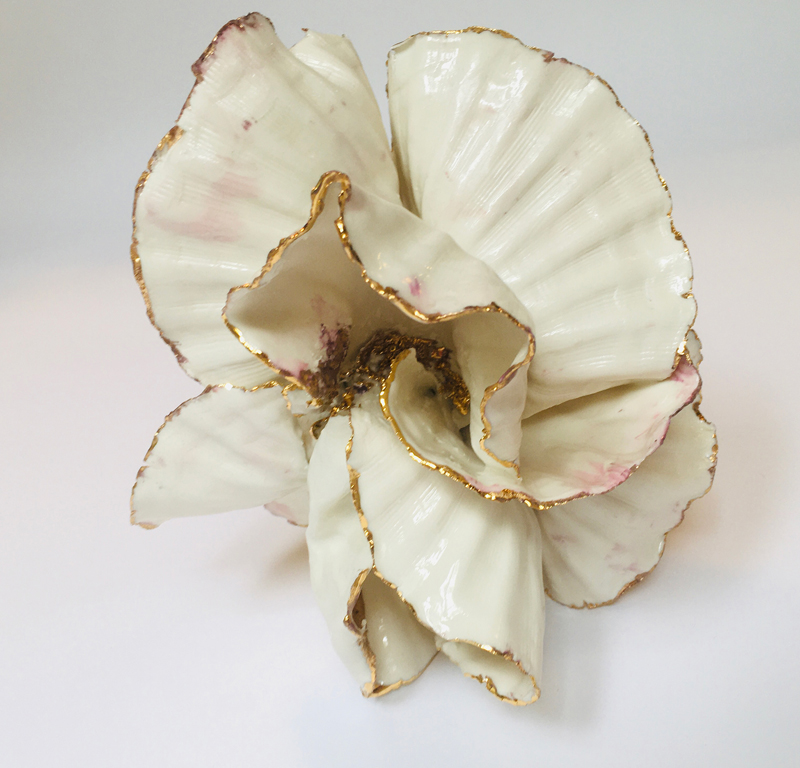
Photograph: © Tal Waldman
Slow art
“There is nothing outside of yourself, look within,
everything you want is there, you are that.”
—Rumi
Tal Waldman is an award-winning transdisciplinary artist living and working in Paris. Of Israeli-German origin born near Tel Aviv, she draws upon the diverse cultures she has encountered during her residencies in Israel, India, Germany, Greece and France through a variety of different media: sculpture, drawing, painting, design and art installation.
In previous guest posts, Tal showcased her visually stunning series, Directed Randomness (Hasard Dirigé), which explores the relationship between control and chaos, as well as expounded the concept of Komorebi, the Japanese term for the interplay of light on leaves in her chapter, “Trees & Light”, as part of the ongoing collaborative project, Visualizing the Invisible.
In this week’s guest post, Tal shares with us her latest assignment, Golden Scars, which investigates not only the art of living a conscious life but also interprets traditional Kintsugi—the ancient craft of repairing broken pottery with powdered gold—as its metaphor.
o0o
KNOWING ONESELF IS a fundamental aspect of spiritual life—the more we know ourselves, the more accurate our insights into our life and the less constricted we will be by external conventions and given identities. “Knowing thyself” has been an emphasis of spiritual teachings since antiquity—Buddha, Socrates and Rumi are all calling for self-knowledge to take us beyond simple information into wisdom and freedom.
“Knowing others is intelligence;
knowing yourself is true wisdom.”
—Tao Te Ching
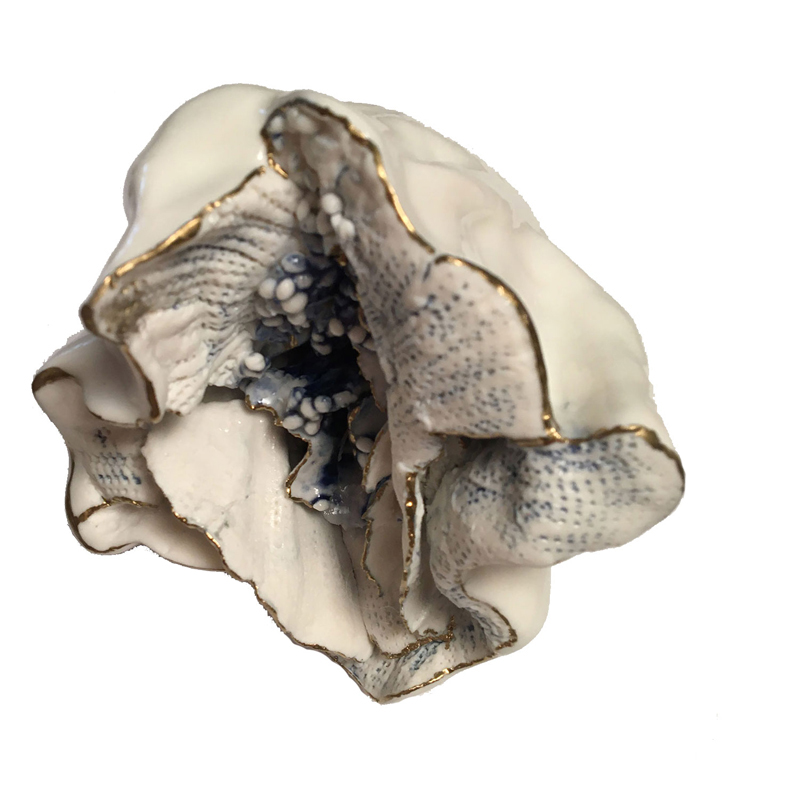
Photograph: © Tal Waldman
Carl Jung believed that our “shadow” (impulsive side) is a result of deprivation from the “light” of consciousness. He believed that the antidote is to pour light on the shadow and bring it into awareness. The brighter our consciousness gets, the darker the shadow (ego) becomes. Our wounds and shadows can’t be eliminated but, through observation, we can connect with our darker side, embrace the shadow, know ourselves and reveal the light.
“The wound is the place where light enters you.”
—Rumi
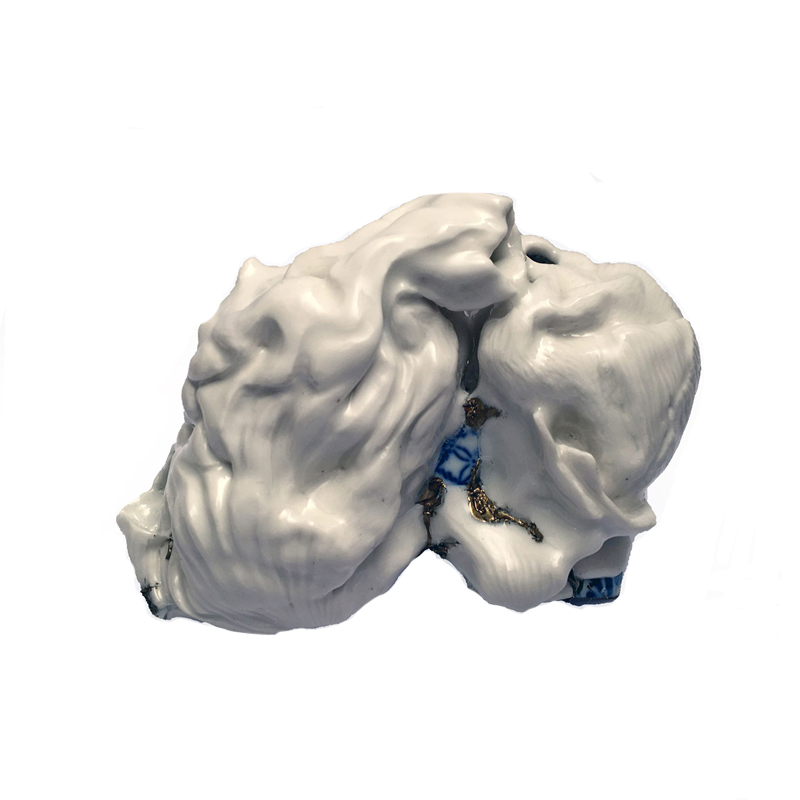
Photograph: © Tal Waldman
The series, Golden Scars, echoes this process of self-exploring and acceptance. It is the choice of making accessible and conscious the scars or loopholes between a memory and its fixed identities with present awareness. It is the potential of mending and cleaning the no-longer-useful elements in oneself.
“Be like a tree and let the dead leaves drop.”
—Rumi
In my childhood, I was fascinated by flowers; whenever the occasion presented itself—a weekend in nature with my family, a moment of quiet—I would sit meditatively and draw a flower, studying it. Similarly, when I was 16 years old, I discovered scuba diving and started diving in the Red Sea. I was fascinated with the experience of revealed space and the new organic aesthetic I discovered (both similar and so different from what I knew on land). I have dived close to 400 hours underwater around the world, observing and drawing the under-sea life. Years have passed since then and I don’t dive much anymore but these first inspirations initiated my formal language as a creator today.
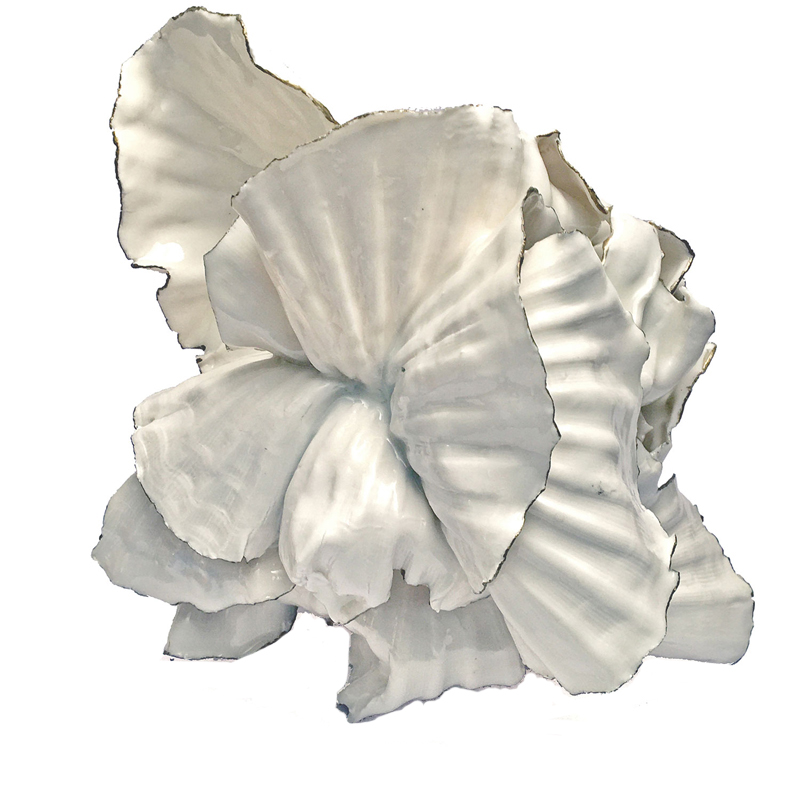
Photograph: © Tal Waldman
Golden Scars is an experimental organic art project. Its formal language might be reminisent of flowers, corals or even interior organs. It could also be understood as a three-dimensional expansion of my drawing into space. For example, if some of my drawings from Directed Randomness were to grow, they might appear in this project.
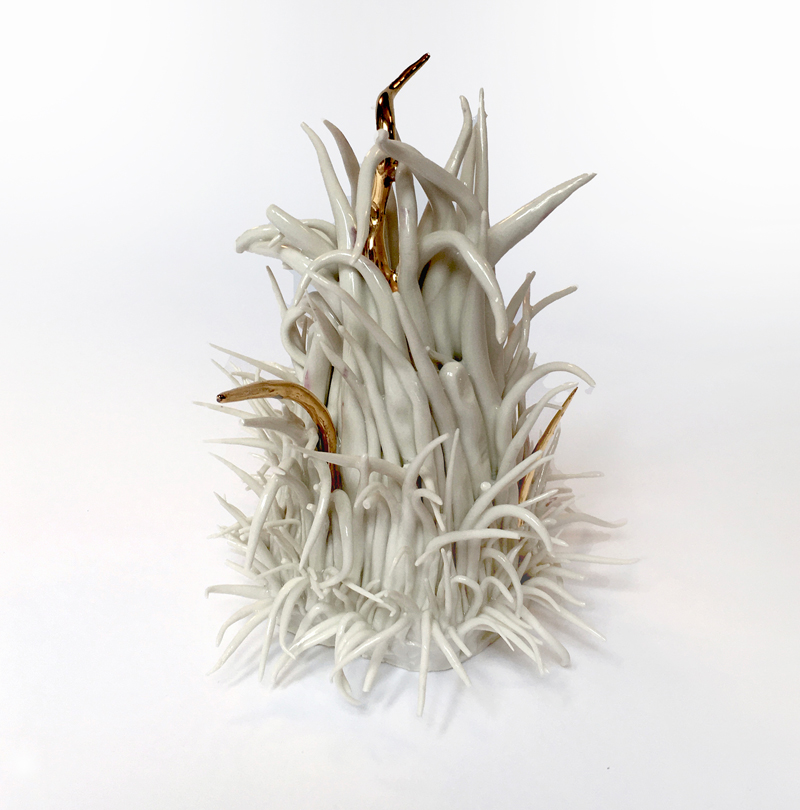
Photograph: © Tal Waldman
Golden Scars is also a Slow Art project; “slow” in the general approach that values the process and attention given to details versus a pragmatic final product. Slow also in the mindful process and slow rhythm of creating the project, the time taken to think, the attention given to details and holistic relationship to life around the project.

Photograph: © Tal Waldman
The sculptures are an agglomeration of porcelain, paper porcelain, upcycling and gilded material, painted glue and enamelled porcelain, which are transformed into an unidentifiable figuration, somewhere on the scale between figuration and abstraction, similar to my drawings.
For many years, I have collected and used ceramics and porcelain from all around the world; “my memories” are collected and, unfortunately, they sometimes break. I give them a second life by reintegrating the broken pieces in my home. In fact, I have an entire “memory wall” made of broken beautiful Japanese glasses, Spanish and Armenian tiles, painted pebbles from the beach and gifts from travelling friends.
In various art projects of mine, I have used upcycling and traditional know-how as an axis to my work. I also integrate upcycling and traditional know-how in reference to a more holistic and circular approach, with specific reference to Slow Art, putting together different rhythms, concerned with memory and tradition, in a context of contemporary art. Such is the case in Embroidered Memories (2012-2016), Bindweeds (2015-2016) and 3D Stained-Glass (2015-2017).
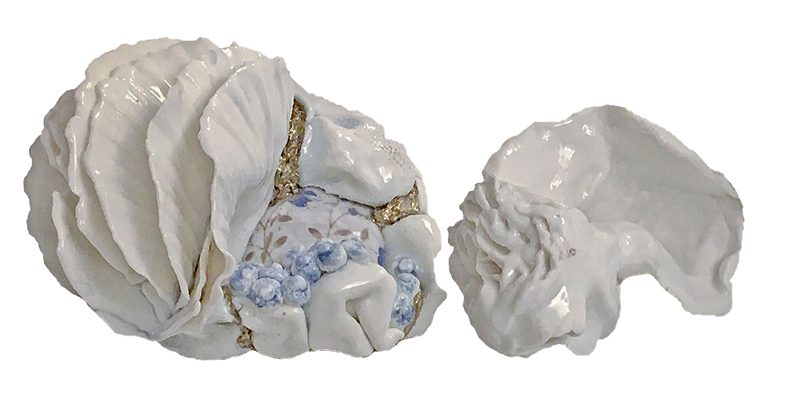
Photograph: © Tal Waldman
When I initiated the Golden Scars project, I wished to integrate my “memories” with my “present”, confronting and mending, bridging the gap between them. Practically it meant integrating my upcycling—broken porcelain into a new creation. Agglomerating my pieces into a sculpture, I was inspired by a traditional mending method practised in Asia named Kintsugi, which gives an absolutely sublime second life to a broken object by gilding the mended broken parts. Golden Scars not only is a metaphor for sublimating my gaps, as in finding peace and beauty, but also a wink and reference to beautiful traditional know-how.
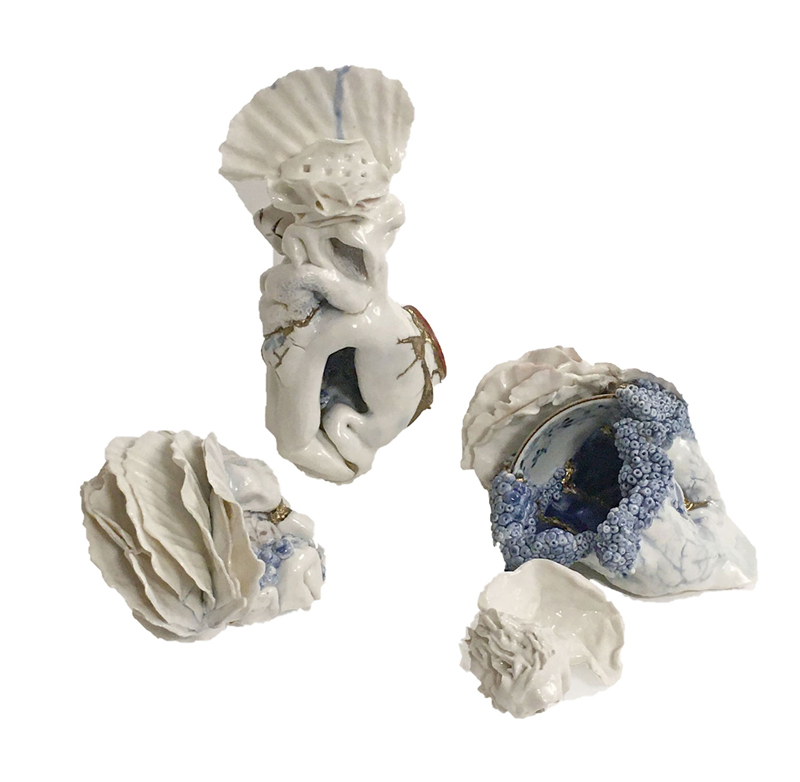
Photograph: © Tal Waldman
My first experimentations started intuitively with a rather feminine and organically shaped agglomeration. I knew that cooking fresh porcelain together with an old broken piece will naturally come out with scars and “flows”, which I cultivated in order to have space to “gild my scars” and that is when the title, Golden Scars, was revealed to me.
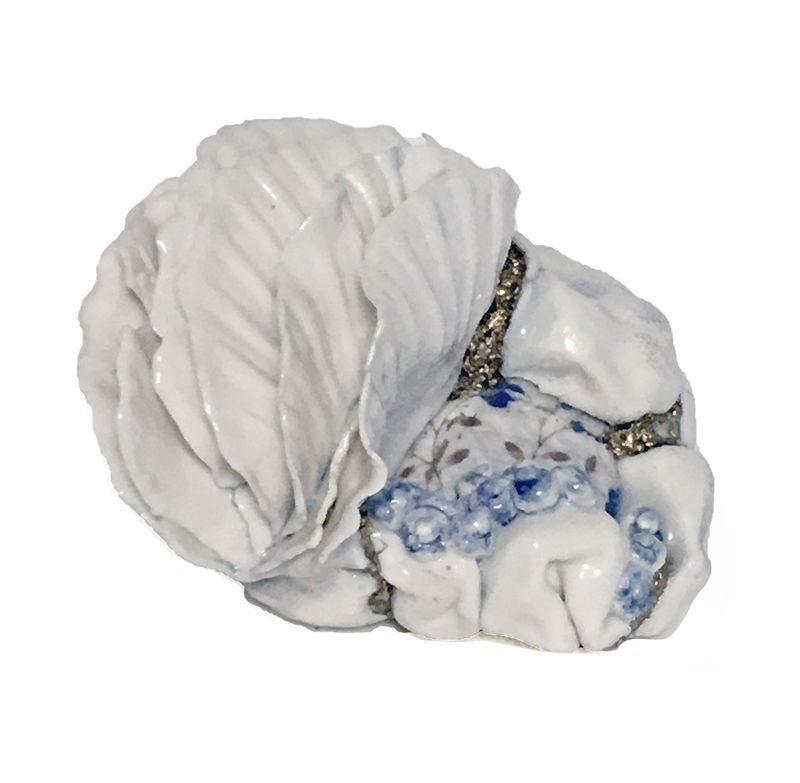
Photograph: © Tal Waldman
In some of the pieces, I freely combined painting with enamelled pieces. In other cases, I accentuated the golden scar into a veined texture, which I broke and recomposed, while others are purer enamelled porcelain pieces, with or without an added function.

Photograph: © Tal Waldman
“… taking the first step towards the foundations of one’s consciousness—
towards the unconscious, the medium from which
the religious experience seems to flow.”
—Carl Jung
First, we need to make the unconscious conscious—Jung considers that facing the “shadow” in our lives takes courage, determination and discipline. As we are required to acquire consciousness of our distress and deceptive beliefs, which prevent us from experiencing our authentic selves, this process can be uncomfortable and even scary, owing to painful emotions that will be exposed.
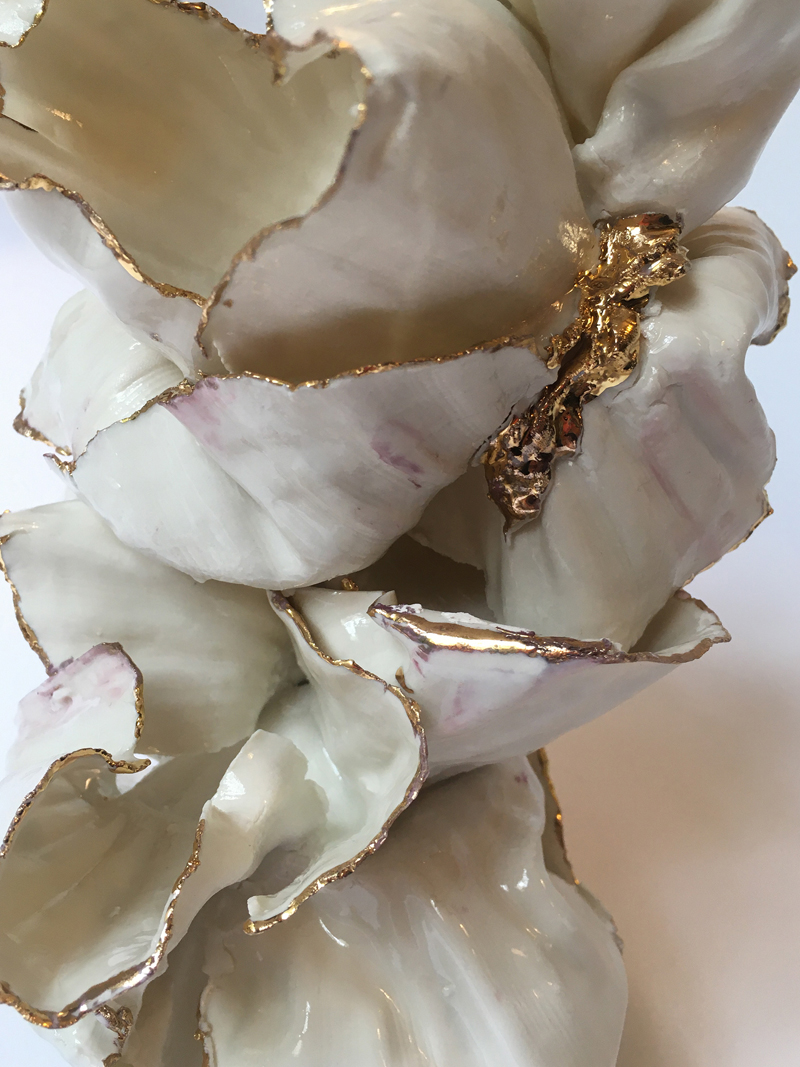
Photograph: © Tal Waldman
“Your task is not to seek for love
but merely to seek and find all the barriers within yourself
that you have built against it.”
—Rumi
According to Jung, we are enthralled by patterns of deceitful beliefs and negative emotions. A rise in consciousness and self-awareness will bring change, allowing us to overcome our self-limitations and external manipulation. Acceptance will be the second stage, where self-awareness and self-knowledge can bring healing and transformation into a free and authentic life.
“We cannot change anything unless we accept it.”
—Carl Jung
Or in other words:
“Happiness can exist only in acceptance.”
—George Orwell
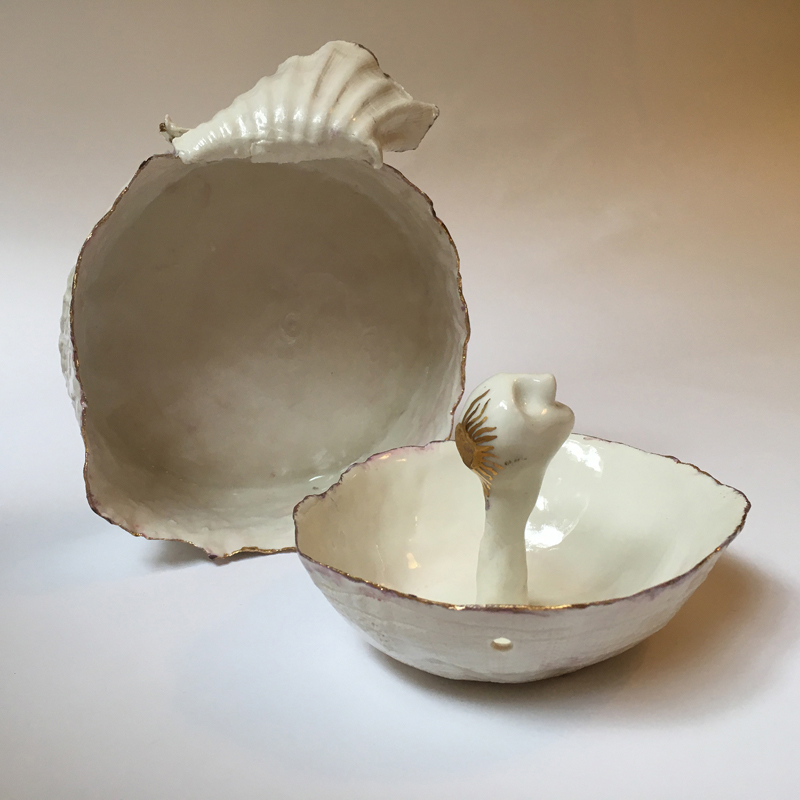
Photograph: © Tal Waldman
Post Notes
- Tal Waldman’s website
- Tal Waldman: Directed Randomness
- Tal Waldman: Komorebi
- Tal Waldman: Silence
- Tal Waldman: Glass and Light
- Hannah Peschar Sculpture Garden & Zen Master Ryokan
- Patrick Howe: Post-Personalism in Art
- Wassily Kandinsky: Concerning the Spiritual in Art
- Guy Laramée: Onde Eles Moram
- Antony Gormley: Sculpted Space Within and Without
